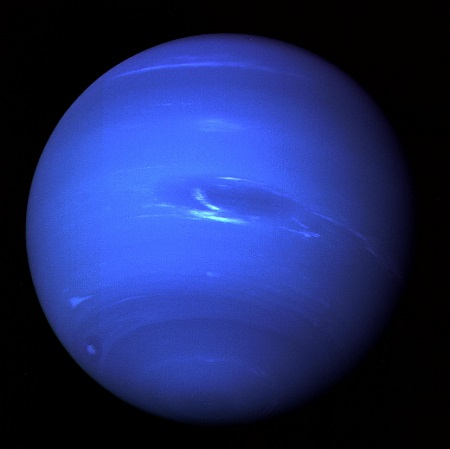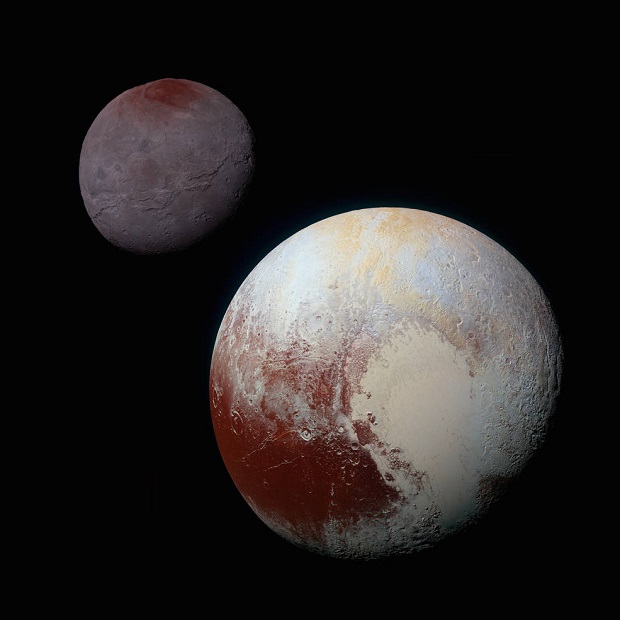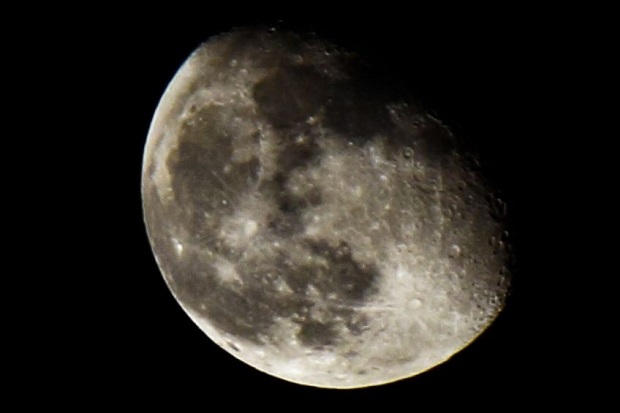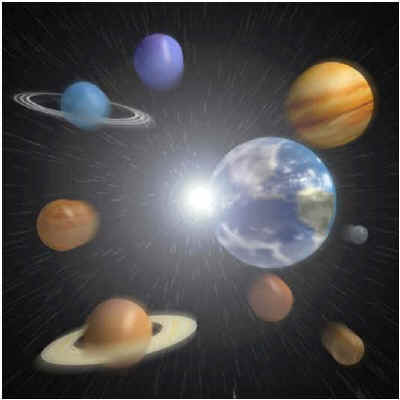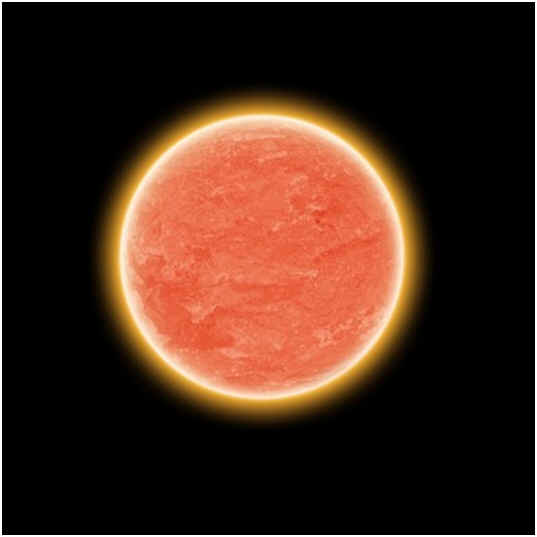
Is Venus in the Goldilocks Zone?
Venus is NOT in the Goldilocks Zone. Venus is too hot to be a Goldilocks planet. This term applies to planets that fall into a habitable zone around a star. Initially, scientists believed that the Goldilocks Zone around the sun was much smaller. Over the decades, scientists have enhanced their knowledge of biological sustainability and life. They now realize that organisms can exist in some extreme climates, but there are limits. To understand why Venus does not fall into this category, you must know more about the Goldilocks principle.
Jump Ahead
- What Is the Goldilocks Principle?
- What Is the Goldilocks Zone?
- Why Venus Is not in the Goldilocks Zone
- Resources
What is the Goldilocks Principle?
The Goldilocks principle refers to the specific gas formula necessary for an atmosphere to sustain life. On Earth, two primary gases are in the air – nitrogen and oxygen. The balance of these two elements with certain trace gases sustains the atmospheric temperature.
The Goldilocks principle compares the gas ratio of three main structures in this solar system. The grouping includes Venus, Earth, and Mars. Of these three, only one can support life.
What Is the Goldilocks Zone?
The Goldilocks, or habitable zone, is the region in space that is the right distance from the sun to create a surface temperature that supports life. If the planet is too hot or cold, water evaporates or freezes, and no life can exist.
Why Venus Is not in the Goldilocks Zone
Venus has a dense atmosphere that consists primarily of carbon dioxide. This heavy element makes the atmospheric mass thick enough to create a strong greenhouse effect. The surface temperature of Venus ranges around 864 degrees Fahrenheit.
At one time, Venus may have fallen into the Goldilocks zone. Billions of years ago, the surface could likely hold liquid and maintain a livable temperature. Over time, the greenhouse effect changed the atmospheric gas formula, creating thermal inertia that led to water and hot surface evaporation.
Resources
- UCAR – University Corporation for Atmospheric Research – The Goldilocks Principle
- NASA Science – The Goldilocks Zone
